Is it good to drink ice drops or to drink cold drops? the difference between the flavor and taste of Sidamo coffee beans
"which tastes better, iced coffee or cold coffee?" Baristas on the front street are often asked, and the baristas will answer "everything tastes good" first. But in fact, the taste of the two types of coffee is different, depending on whether you want to drink coffee with a refreshing taste or a smooth taste. This time in front of the street, let's talk about the difference between the two types of coffee.
First of all, let's understand what low temperature extraction is.
Our common hand-brewed coffee is a high-temperature extraction process. High-temperature extraction will quickly decompose the tannic acid in the coffee into pyrosylic acid, resulting in sour, sweet and bitter, which is often said in the front street to release the flavor of coffee. Excessively hot water extraction of coffee can easily lead to the coffee flavor has been completely released, and then begin to release the coffee bean woody fiber flavor, which is what we often call miscellaneous flavor, woody taste and other unpleasant taste.
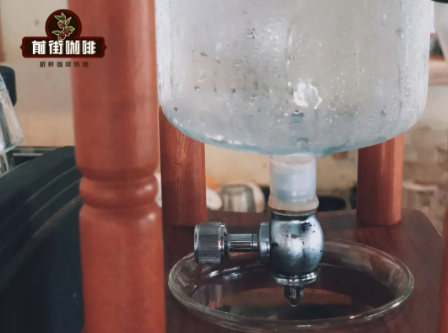
Cold extraction and ice drop coffee is a low temperature extraction process. Low temperature extraction is that coffee powder is exposed to water at low temperature for a long time, only flavor substances with smaller molecules, such as flower and fruit, are extracted, while flavor substances with larger molecules, such as smoking and roasting, are difficult to be extracted. therefore, cold extraction / ice drop coffee is more able to drink the flavor of coffee beans, smooth taste, hierarchical and sweet obvious.
The flavor and taste of the two types of coffee are different.
[cold extract coffee] (taste features: mellow, smooth)
This is a method of extraction. Cold-extracted coffee has an ancient history. It is first mixed with cold water, refrigerated in the refrigerator and soaked for at least 8 hours. Then separate the coffee liquid from the coffee powder, (or pressure, or flannel filter paper, etc., just separate the coffee liquid) and then enjoy it. This kind of coffee is more mellow because it is soaked in low temperature for a long time, and it can also be preserved for a long time.
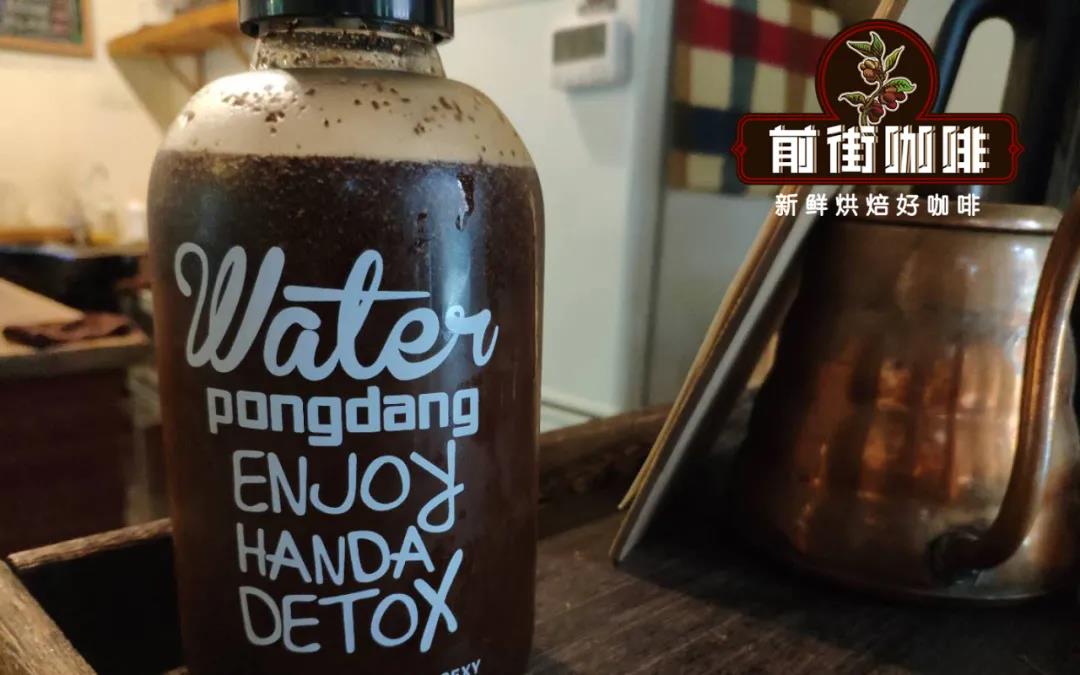
[iced coffee] (taste features: clean, refreshing)
Ice drop coffee is extracted for a long time below 5 degrees Celsius, so that the caffeine content of this kind of coffee is on the low side. The reason why the quality of a real ice drop coffee is excellent is that the coffee beans are selected for low temperature, uniform speed and slow drip, the extracted coffee is clear and clear, the taste is fresh and mellow, the balance is smooth and the aftertaste is sweet, and the flavor essence of the coffee is incisively and vividly reflected.
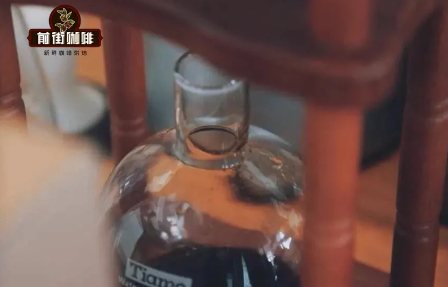
How to make ice drop coffee & cold extract coffee? This time Qianjie Coffee used the recently released Ethiopian Sidamo sun-treated Arsi beans to make two types of coffee.
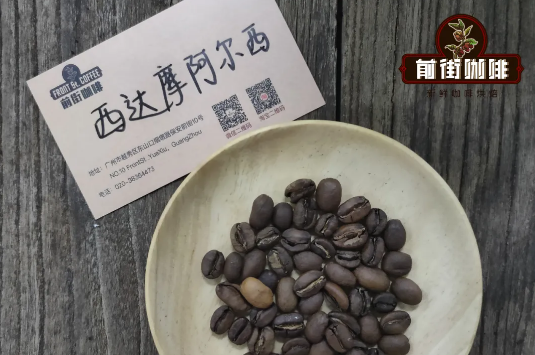
Producing area: West Damoalsi, Ethiopia
Altitude: 1900-2200m
Treatment: sun treatment
Variety: native species
The production method of Qianjie Cold extract Coffee
1. Pour the coffee powder into a clean container and pour in the right proportion of water according to your preference. If you want to drink the coffee directly after the extraction, you can use the ratio of powdered water at 1:12. If you want to add other ingredients after extraction, such as bubble water, ice water, soda water, milk, etc., you can use powder-water ratio 1: 5)
* Grinding tips: the coffee powder can be thicker than the coffee powder used to make hand-brewed coffee, because the fine powder is easy to produce over-extraction and extract some bad flavors (bitter and astringent).
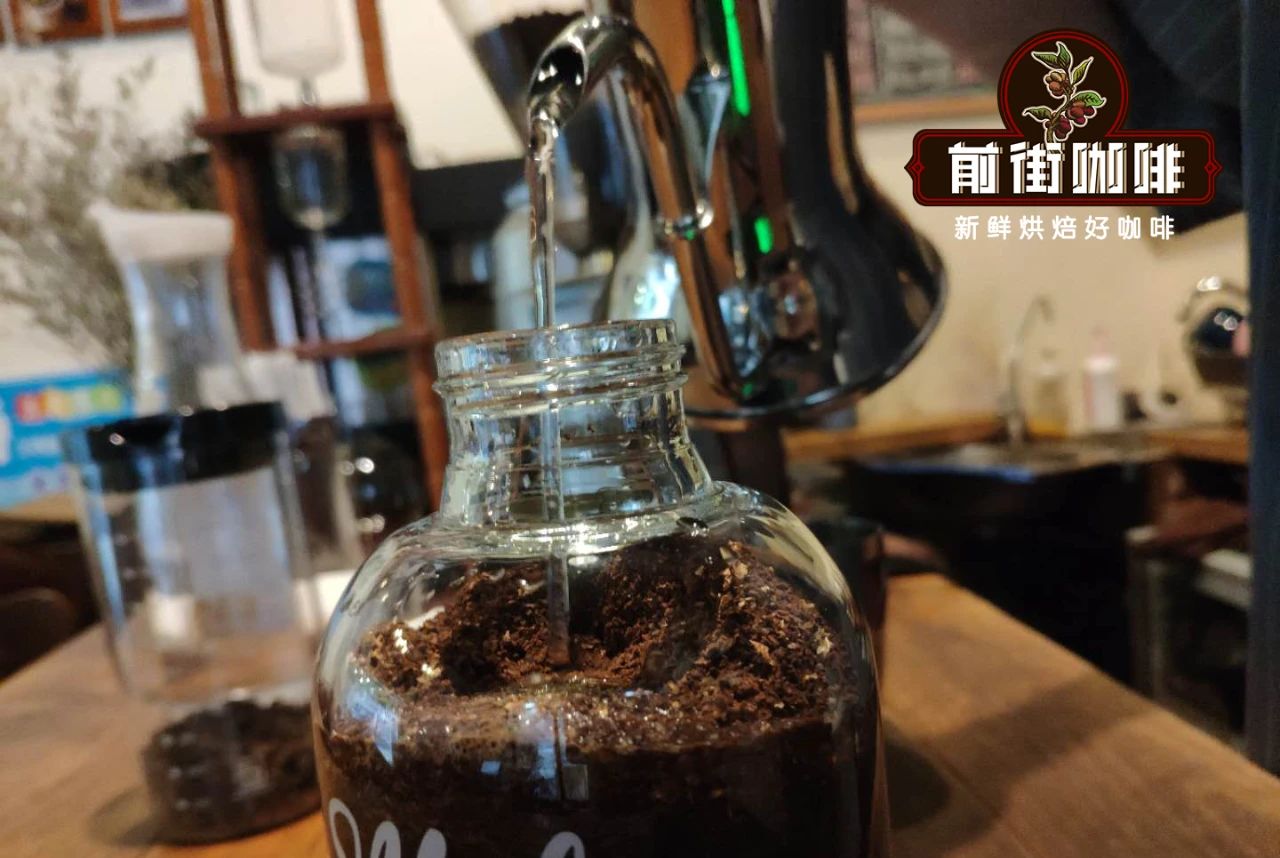
two。 Put it in the refrigerator and extract for 8-12 hours, let the coffee powder come into full contact with cold water.
3. After the extraction, filter the coffee liquid with a filter cloth or filter paper.
4. Pour it into your favorite container and you can enjoy it.
The production method of ice drop coffee in Qianjie
1. The gouache ratio of Qianjie coffee ice drop is 1:10, that is, 60g of coffee powder extract 600ml of coffee liquid. Household small curling kettle does not have such a large capacity. Remember to put less coffee powder in proportion.
2. Put a round filter paper in the lower part of the powder cup, wet the cup wall with water, put in the ground 60g coffee powder (the thickness is almost as thick as the hand-brewed coffee is ok~), and then shake the coffee surface, or you can use the weight of the powder hammer to gently press the powder layer to make the surface smooth.
3. Remember to put a piece of filter paper on the noodles. Because the tension of the filter paper can make the water distribute evenly, if there is no filter paper, the water droplets for a long time will drip out a pit in the powder bed.
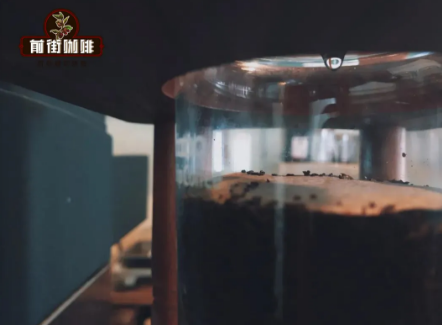
4. Use ice water to "pre-soak" all coffee powder. You don't need too much water. Just make sure the coffee powder is wet. In fact, this is similar to the steaming process in hand flushing, which can improve the consistency of the extraction effect and the finished product. If the ice drops directly, it may cause uneven wetting of the powder layer, some of the coffee powder is overextracted while the other part is not involved in the extraction.
5. Put the 1:1 ice-water mixture into the water bottle and adjust the regulating valve to drip for about 10.7 seconds.
6. after making, pour the coffee liquid into a sealed glass bottle and put it in the refrigerator to ferment overnight, so that the flavor of the coffee is mixed together, making it better and easier to taste.
Qianjie Coffee West Damo Alsi makes two kinds of coffee flavor description:
Cold coffee: floral aroma, rich and full berry juice and sweet and sour berries, obvious fermentation, smooth taste, honey finish.
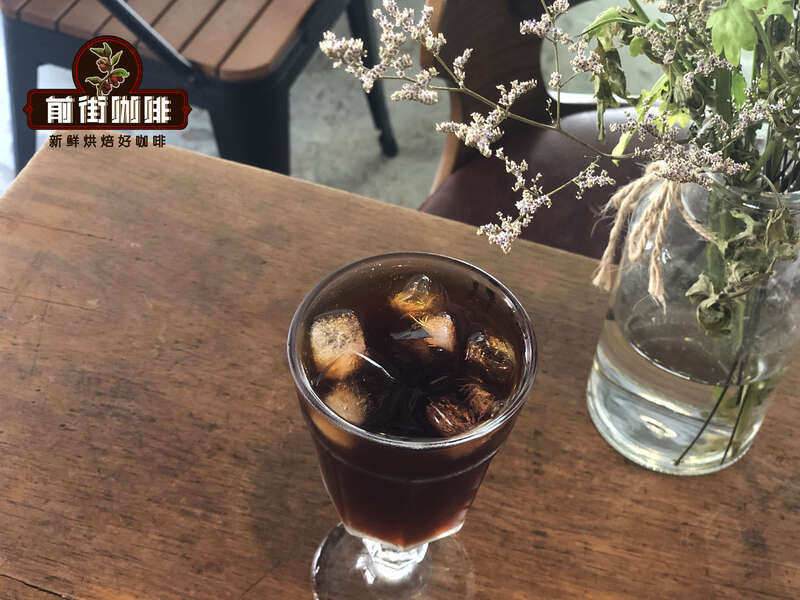
Ice drop coffee: light floral aroma, acidity of berries, light fermented taste, fresh and clean taste, with the finish of nectarine and mango.
Important Notice :
前街咖啡 FrontStreet Coffee has moved to new addredd:
FrontStreet Coffee Address: 315,Donghua East Road,GuangZhou
Tel:020 38364473
- Prev
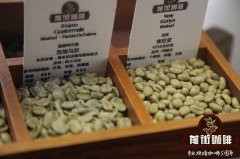
Introduction to Central American boutique coffee what is the flavor of coffee in the Caribbean?
Have you ever heard of a coffee belt? The so-called coffee belt refers to the area near the equator between the Tropic of Cancer and the Tropic of Cancer. This region is close to the equator and the innate climatic conditions are ideal, so most of the coffee producing areas in the world are in the "coffee belt". According to the world map, seven countries in Central America are in the coffee belt, including Belize, Guatemala, Honduras and Thrall.
- Next
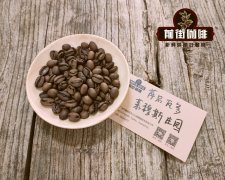
How to brew Salvadoran coffee how to brew black honey to treat coffee beans from Lemus Manor in El Salvador
Qianjie recently bought new Lemus coffee beans from El Salvador, and this time Qianjie brewed this coffee in three different ways to see if the flavor is different. Country of origin: El Salvador El Salvador producing area: Apaneca Mountains Apaneca-Ilamatepec Manor: Lemus Manor Finca LemusBella Vista altitude: 1250
Related
- Beginners will see the "Coffee pull flower" guide!
- What is the difference between ice blog purified milk and ordinary milk coffee?
- Why is the Philippines the largest producer of crops in Liberia?
- For coffee extraction, should the fine powder be retained?
- How does extracted espresso fill pressed powder? How much strength does it take to press the powder?
- How to make jasmine cold extract coffee? Is the jasmine + latte good?
- Will this little toy really make the coffee taste better? How does Lily Drip affect coffee extraction?
- Will the action of slapping the filter cup also affect coffee extraction?
- What's the difference between powder-to-water ratio and powder-to-liquid ratio?
- What is the Ethiopian local species? What does it have to do with Heirloom native species?

